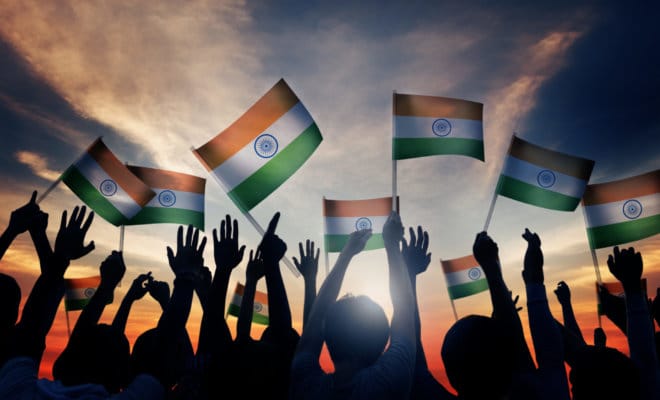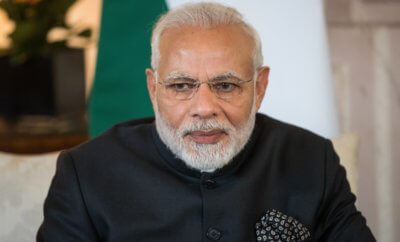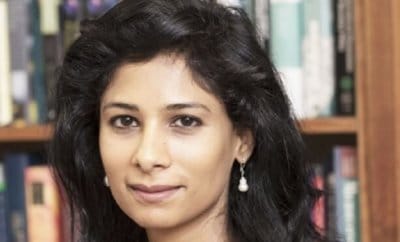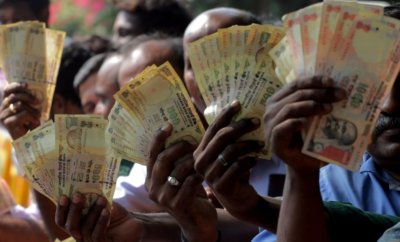India
India Moves One Rank Up in UN Human Development Index

Representational Image
Photo: Bigstock
India’s human development ranking has moved a notch up to 130 among 189 countries in the latest report released by the United Nations Development Program.
India’s has improved its ranking in the latest human development index, with the country taking the 130th place among 189 countries considered for the survey, which was released by the United Nations Development Program (UNDP) on Sept. 14.
With 0.640 HDI value in 2017, India falls in the medium human development category. In 2016, India was ranked 131, with an HDI value of 0.624. With this improved ranking, India’s value within South Asia is above the average of 0.638, placing the country above Pakistan and Bangladesh, which are ranked 136 and 150, respectively, with a similar population size.
The report covers human development progress from 1990 to 2017 in terms of Human Development Index (HDI) values and the number of people in the four human development categories: Low human development, medium human development, high human development, and very high human development. The report says that even though the global population increased from 5 billion to 7.5 billion between 1990 and 2017, the number of people in low human development fell from 3 billion to 926 million — or from 60 percent of the global population to 12 percent — and that the number of people in high and very high human development more than tripled, from 1.2 billion to 3.8 billion — or from 24 percent of the global population to 51 percent now.
During this time, i.e. between 1990 and 2017, India’s HDI value moved almost 50 percent up from 0.427 to 0.640, indicating that the country achieved remarkable progress in lifting millions of people out of poverty, according to the report.
The top six countries in the list are all European: Norway, Switzerland, Australia, Ireland, Germany, and Iceland. The countries with lowest HDI are all African, including Niger, the Central African Republic, South Sudan, Chad, and Burundi. The survey measured countries on national achievements in health, education, and income.
The overall trend globally is toward continued human development improvements, news agency PTI said. Many countries are moving up through the human development categories: out of the 189 countries for which the HDI is calculated, 59 countries are today in the very high human development group and only 38 countries fall into the low HDI group.
In 27 years, India’s life expectancy at birth increased by nearly 11 years, with even more significant gains in expected years of schooling, PTI added, quoting the survey. Indian school-age children stay in school for 4.7 years longer than in 1990. India’s gross national income per capita has increased by a staggering 266.6 percent in the same period.
About 26.8 percent of India’s HDI value is lost on account of inequalities. As a result, inequality remains a challenge for India as it progresses economically, though the federal and state governments, through a variety of social protection measures, have attempted to ensure that the gains of economic development are shared widely and reach the farthest first, the report added.
Even with best efforts of the government at the national and state level, women are politically, economically, and socially less empowered than men. “For instance, women hold only 11.6 percent of parliamentary seats, and only 39 percent of adult women have reached at least a secondary level of education as compared to 64 percent males,” the agency quoted from the report.
In India, female participation in the labor market is 27.2 percent as opposed to 78.8 percent for men, the report said. adding, “Still, India performs better than its neighbors Bangladesh and Pakistan, ranking 127 out 160 countries on the Gender Inequality Index.”




You must be logged in to post a comment Login